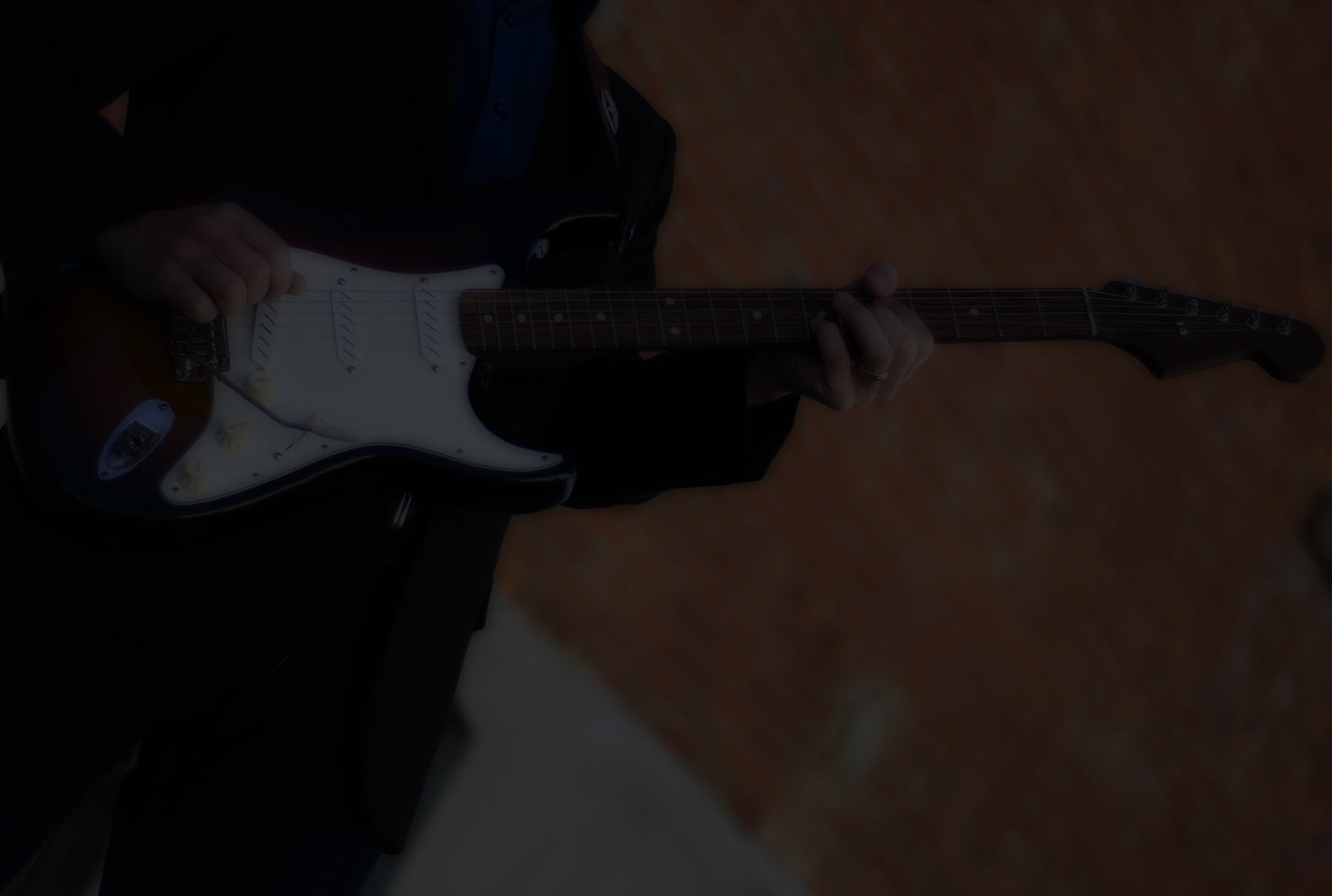The little tiny high E string broke on my Nashville Deluxe Tele. Tiny little because it was the super light Reverend Billy Gibbons string set and the E string was .07 gauge. Broke at the saddle so I won't blame the string gauge.
But I was happily jamming along to backing tracks while playing through the THU-Overloud app, and did not want to stop. "No big deal" but suddenly I saw the fretboard and patterns differently. I was surprised how much seeing your choices altered, and starting/ending points modified, changed my perspective and approach, and then the whole vibe shifted.
I read your lines with interest, Clayton. I’ve never broken a string before, but I will definitely be the kind of player who will stop playing and change the string immediately before I get lost on the fretboard.
In this context I would like to tell a little story. Last year my husband received a semi-hollow body E guitar for repair with the request to check the pickups.
My husband solved the problem and asked me to play the guitar. I did it but couldn’t get a decent sound out of it until I realized that the top string does not run the full length of the neck but runs to a tuning peg located at the 5th fret. The guitar owner has converted his normal 6 string E guitar to a banjo! But I had no chance to find my way around from one moment to the next. So sorry.
So let me take the « broken string problem » as a useful tool to categorize a player:
If someone can keep playing after a string breaks and can also increase his creativity in this process, then he must be a very, very good player 👍.
Thanks for your interesting insights,
Birgit
@bluesiline that's a great story! I've heard the brain described as a predictive machine, evaluating outcomes and actions based on previous experiences and suppositions of continuity (result: the conscious mind) Now if we remove an element the preset knowledge and the mind is challenged to grapple with changes. If one does not become flustered then the mind resets and sees the fretboard in an entirely different light.
For me, I guess that my mind had enough mapping of the fretboard to adapt (besides, no pressure of being in a performance. And if I were jamming with my Thursday night group the challenge and opportunity to exploit the change would be embraced. Last week the guitarist picked up a large steel dog bowl and began playing it with a drumstick)
As for my mind seeing and adapting, that credit belongs to Robert's lessons: double stops and triads. Oh yes, these practices open the fretboard vertically and across string spacings- especially Sixths 😎
I'm going to move up to .08 gauge strings on this tele, but not quite yet... I'm having fun seeing the playground in a different angle. Hmmm, I may remove the D or G string and play a bit more before I change the whole string set.
Clayton i think your a great-master, just like SRV.
This is one of my favorite movie how you can see Stevie solve his problem with the broken string. Thanks to the good René Martinez. He was there always for Stevie. In or after the shows.
@blues-lover You are too kind. I don't think I could carry SRV's guitar let alone play those .13 gauge high E string sets. Whew!
What a cool video clip!!! Not to miss a BEAT!
@clayton Yeah i have try to play 13-56 strings from GHS just like Stevie did.
But men for the Rhythm OK but the bendings, that's to heavy and to difficult for me.
I use the Ernie Ball 2215 010 - 013 - 017 - 030 - 042 - 052 Nickel plated steel and the Ernie Ball 2721 010 - 013 - 017 - 026 - 036 - 046 Cobalt Regular Slinky and i love that sound and is good enough for me. 😉
@blues-lover I used .11 Elixer Gore-tex coated strings for a long time. But now I'm a convert to .08 Ernie Ball nickel.
I still like Elixer coated strings for Bass since the strings are so big and dirt can get into the round wound strings and kill the sound. Bass strings are expensive.




